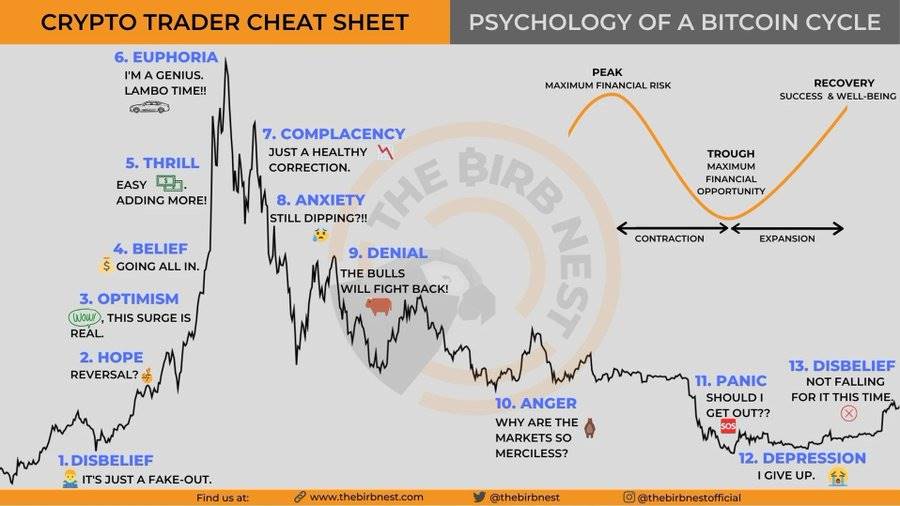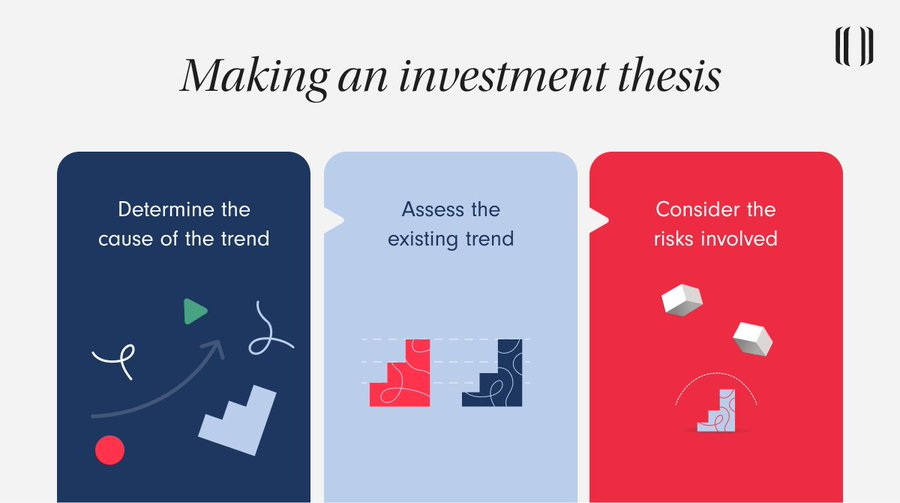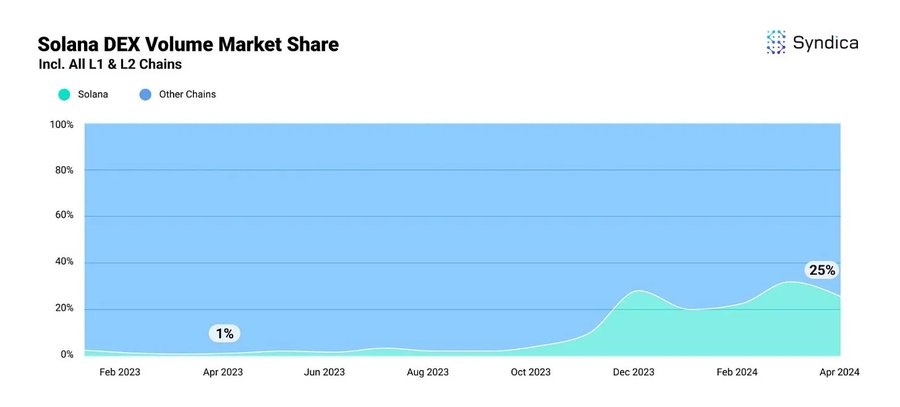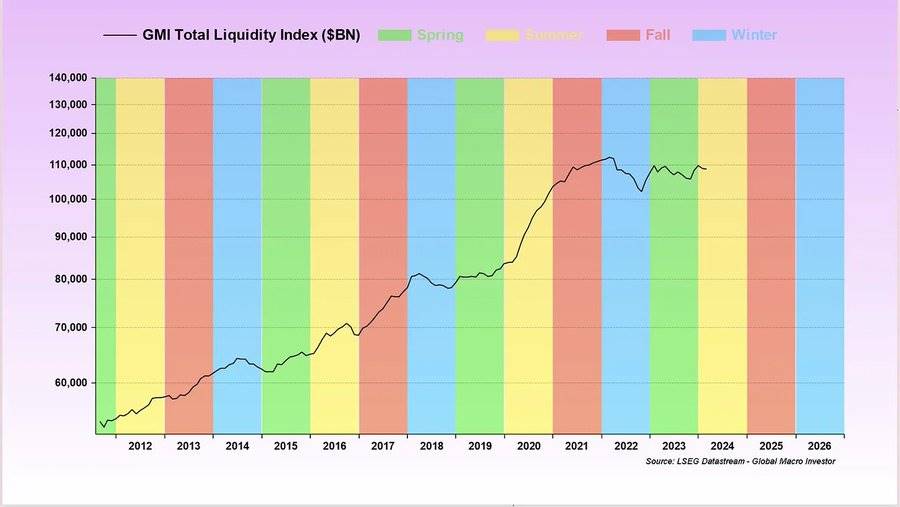A hypothetical: It’s the fourth quarter of 2024, the price of Bitcoin has reached $80,000, and Altcoin season has finally arrived. You might rely on your gut and try to time the market's top. But is there a better way?
Failure to prepare is preparing for failure.
The Pitfalls of Price Forecasting
Managing investments solely by price targets is a common mistake. These goals are often subjective, driven by emotions or influenced by social media. Accurately predicting prices and timing their changes is extremely difficult.

The tactical advantage of mentality
Every dip and rise in the market makes it harder to think rationally. Your investment goals will continue to change, and it will be easier for you to focus only on information that supports your own views and ignore other important signals, leading to an increase in confirmation bias.
At the same time, your ability to remain disciplined in the investing process will gradually diminish. It’s an inner battle with yourself that becomes increasingly difficult as the money and risks involved increase.

The power of thematic investing
When investing, what are some strategies other than relying solely on price and sentiment? There are many to choose from: market sentiment, technical indicators or on-chain analysis. However, strategies centered on a clear investment theme or investment logic tend to be the most reliable.

Create an investment theme
An investment thesis is a well-founded analysis and demonstration of a project's potential over a specific time period. This theme can be made up of a variety of factors and does not necessarily rely solely on price. A good investment thesis should be testable so that investors can manage their investments with precision and flexibility through testing and adjustments.

The rationality of thematic investment
Thematic investing has several significant advantages:
- Scalable suite as you grow your portfolio
- Eliminate the influence of emotions and market sentiment
- Provide clear validation and rejection criteria
- Eliminate the distraction of short-term price fluctuations
Example 1
Let’s say you are optimistic about a particular layer 1 blockchain (L1). Instead of targeting its past ATH, you can focus on the following metrics:
- Total Locked Volume (TVL)
- Trading volume
- Number of active wallets
Going a step further, you can focus on relative metrics such as market share or awareness.

Verify and deny
Next, set validation criteria based on your chosen key performance indicators (KPIs). This helps to check whether the L1 is following the path you predicted, or is deviating. For example, you can use the growth of KPIs within 30 days as a basis for managing your investment themes.

Example 2
Consider a new project with an AI agent. Instead of focusing on price, you can focus on the following key performance indicators (KPIs):
- Number of agency transactions
Set a benchmark based on your beliefs, such as reaching 1 million on-chain transactions.

White Papers and Minimum Viable Products (MVP)
When exploring lesser-known, more volatile cryptocurrencies, many projects only have a minimum viable product (MVP) or even no actual product. In this case, focus on the project's roadmap nodes or milestones.

Navigation events
Your investment thesis may be more focused on event execution than metric growth. As they say, "Buy the rumor, sell the news." Sometimes it's smarter to quit as soon as the date is confirmed rather than waiting for the event to happen. After that, new indicators are set and new investment themes are formed.

Other strategies:
Complex thematic investing strategies not for you? The following alternatives can be considered:
- time based strategy
- Fear and Greed Strategy
- Relative excess return strategy
Let’s dive into each strategy.
Time-based strategy:
Time-based strategies provide a simpler and more reliable approach. Consider selling a small portion of your portfolio every week or every month. Adjust the timing and amount of your sales based on macroeconomic factors, liquidity, and your goals.

Fear and Greed Strategy:
Swings in market sentiment are like ocean tides, pushing prices higher when greed is high. The key to the fear and greed strategy is to take advantage of the rising tide to gain. In this strategy, you can consider a weighted fixed investment exit strategy based on the fear and greed index.

Relative excess return strategy:
Think of the market as a race, with each currency acting like a racing car. The focus is on identifying which car will accelerate faster relative to the others. One way to make a profit is to sell within a specific MC ranking. For example, sell 10% when market capitalization (MC) ranks 50th, sell 20% when ranking 40th, and so on.

Summarize
Cryptocurrency markets are highly speculative, and investor emotions (such as fear and greed) often influence decisions. In this case, establishing a risk management system that is independent of price fluctuations can give investors greater peace of mind and do not have to worry too much about the impact of short-term market fluctuations.
Successful investors typically prioritize investment themes based on in-depth research and analysis over short-term speculation. This approach can help them make more rational and sustainable investment decisions.








